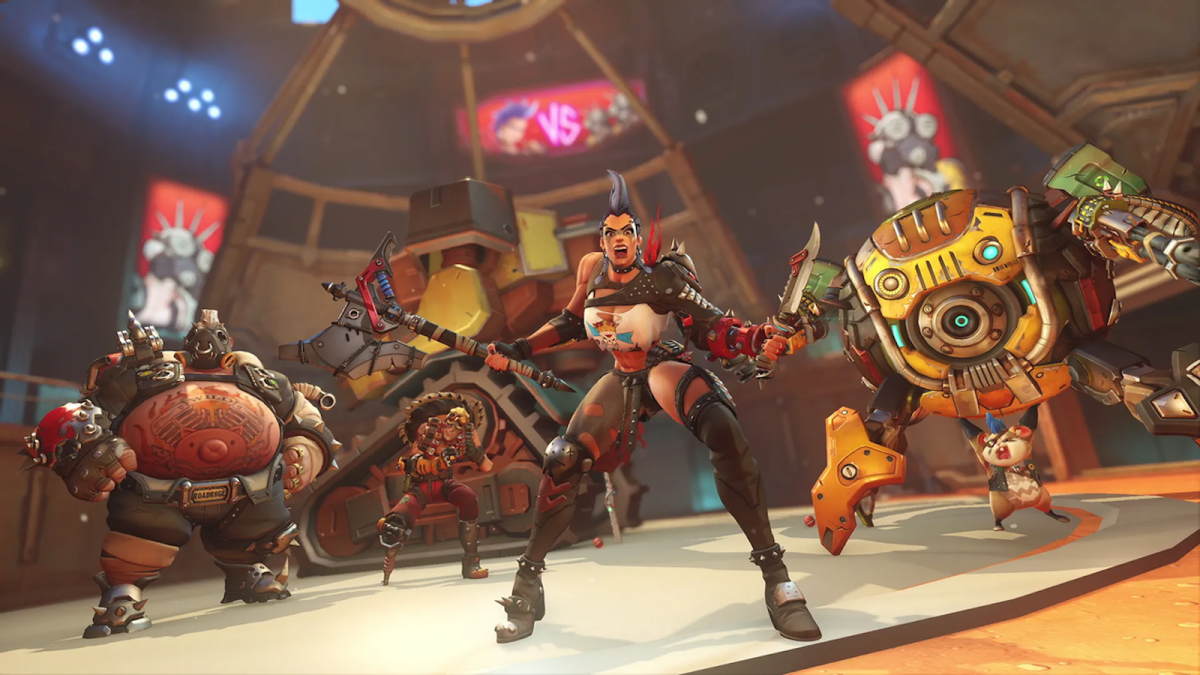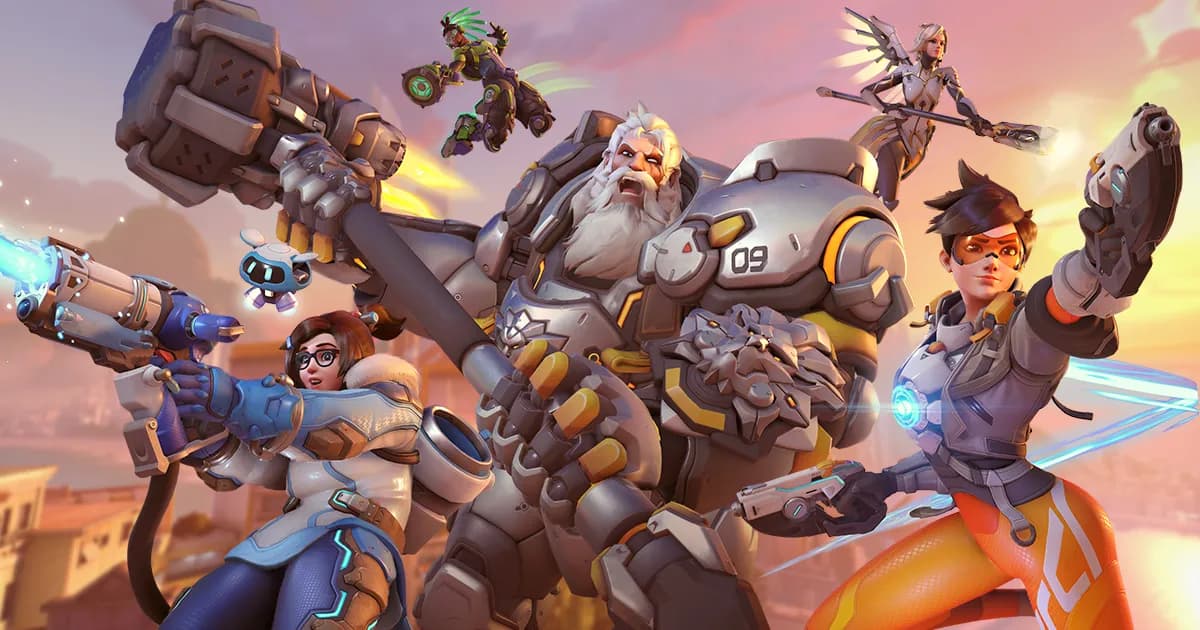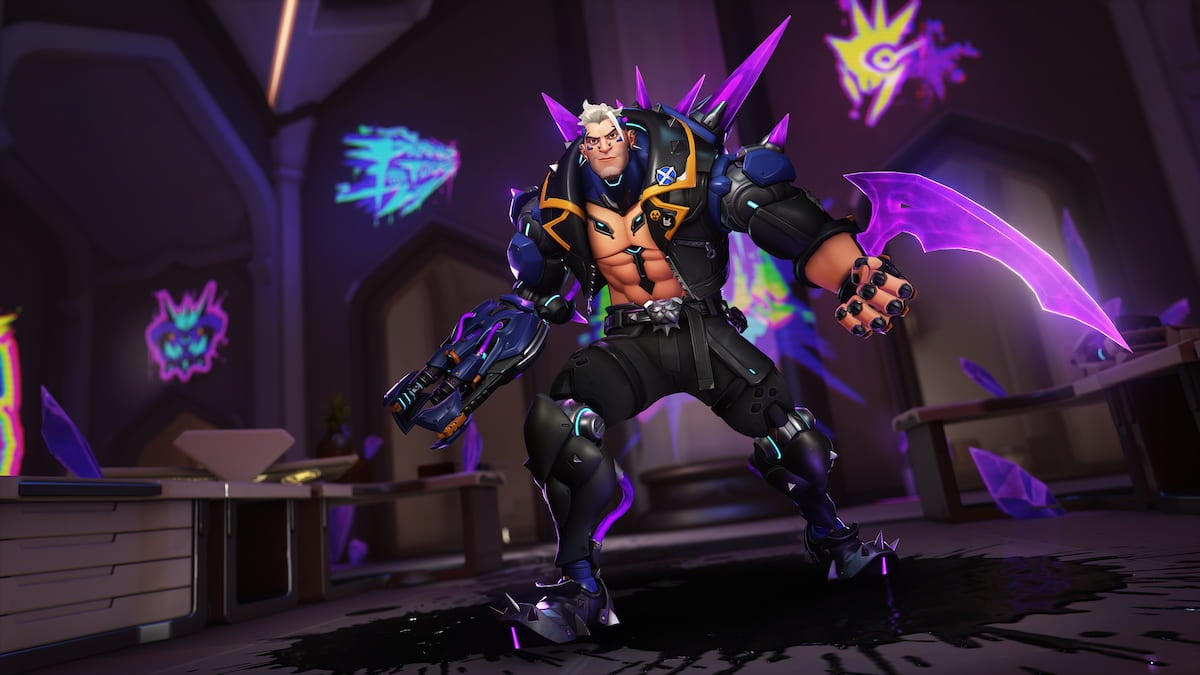With the start of Overwatch 2, all heroes received a specific passive that correlates with their role: tank, support, and damage. Though the passive abilities for support and damage roles are simple and short, the passive for tanks can use a bit of explanation.
Tank is one of the most difficult roles in the game with the transition to Overwatch 2 because players no longer have a teammate who shares their role. All of the pressure is on the singular tank player to help their team create space. So knowing everything about the role’s passives is critical to success.
What is the Overwatch 2 tank role passive ability?
Tanks in Overwatch 2 have a 30-percent reduction to knockbacks. This means if an enemy uses an ability that would knock you backward, you’re knocked back a shorter distance than you would if you were playing a support or damage hero.
While that’s the main passive perk that tanks get in Overwatch 2, it’s technically not the only passive. Along with being resistant to knockback effects, tanks have a reduction to the ultimate charge that other players can generate off of them.
Enemies who damage and teammates who heal tank players generate 30 percent less ultimate charge than they would if they were to damage or heal a support or damage hero. Blizzard incorporated this feature in an attempt to stop players from using tanks as what’s called an “Ult Battery.”
Because tanks have big bodies and hefty health pools, players would go out of their way to deal inconsequential damage to tanks just to charge up their ultimate. In return, many tanks would also intentionally take a bunch of unnecessary damage to help their healers earn more ultimate charge.
Lastly, when you play in Role Queue, tank heroes have 150 more health points than other classes. This is self-explanatory. Any time you’re in Role Queue, tanks have more health. Because there can only be one tank per team, tanks get a little bit of extra health for their troubles.
Other heroes in the tank role might have personal passive abilities as well, but those aren’t a part of the tank role passive. For instance, Junker Queen has a survivability passive called Adrenaline Rush that heals her over time while she has wounds active on enemies.
My biggest takeaway from the addition of the tank role passives is that it’s not necessarily worth it to stress about getting ultimate charge from tanks. Can dealing a little bit of extra damage to a tank help you generate some ult charge? Sure, but you’re probably better served trying to make a play to win the fight you’re currently in than by focusing on ultimate charge for a future fight.







Published: Nov 10, 2023 01:58 pm